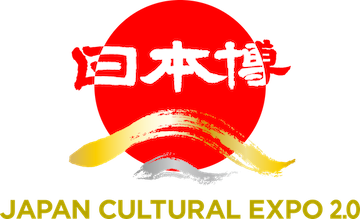One-day art and architecture bus tours with lectures
Kagawa Prefecture has earned a reputation as Japan's "art prefecture," most prominently as host of the Setouchi Triennale. Despite being Japan's smallest prefecture, Kagawa is a treasure trove of world-beating aesthetic riches irresistible to fans of art, design and architecture. Unraveling the history of Kagawa's transformation into a hub for art, we find Genichiro Inokuma serving as the common link in a network of internationally-renowned artists and architects whose work truly took flight on the spectacular stage of Kagawa, including Isamu Noguchi and Kenzo Tange.
A totally new venture for the Marugame Genichiro-Inokuma Museum of Contemporary Art, these one-day bus tours will trace the footsteps of Inokuma as a cultural mediator, taking in the Kagawa Prefectural Government Office East Building designed by Kenzo Tange (Options A & B), Isamu Noguchi Garden Museum Japan (Option A), and Shikoku Mura Museum (Option B). Don't miss this opportunity to savor at your leisure the "world-beating aesthetic riches" that Genichiro Inokuma helped bring to fruition, while listening to expert lectures from curators and other knowledgeable dedicated staff.
A. Kagawa Prefectural Government Office East Building / Isamu Noguchi Garden Museum Japan / MIMOCA Course
◎Tour dates
October 21 (Sat)
November 4 (Sat) *w/ English interpretation
November 30 (Thu) *w/ English interpretation
◎Schedule
| 8:50 | Leave Takamatsu Station |
| 9:00 - 10:00 | Kagawa Prefectural Government Office East Building |
| 10:40 - 11:40 | Isamu Noguchi Garden Museum Japan *individual reservations not necessary |
| 12:00 - 12:40 | Lunch (Waraya) |
| 13:40 - 16:00 | MIMOCA |
| 17:00 | Arrive Takamatsu Station |
B. Kagawa Prefectural Government Office East Building / Shikoku Mura Museum / MIMOCA Course
◎Tour dates
October 28 (Sat)
November 12 (Sun) *w/ English interpretation
November 25 (Sat) *w/ English interpretation
◎Schedule
| 9:30 | Leave Takamatsu Station |
| 9:40 - 10:40 | Kagawa Prefectural Government Office East Building |
| 11:05 - 12:30 | Shikoku Mura Museum |
| 12:35 - 13:20 | Lunch (Waraya) |
| 14:20 - 16:20 | MIMOCA |
| 17:20 | Arrive Takamatsu Station |
Application
Applications are accepted on the Anabuki Travel (takamatsuu) website.
Please click the button below to apply.
◎Notes on Application (from Anabuki Travel)
- Please pay the participation fee by bank transfer or credit card within one week of application.
- If you are a junior high school student, high school student, or university student, you will be
notified of the discounted price by email within 3 business days of your application.
Please be sure to write the participant's date of birth in the appropriate field. - If you wish to participate at a discounted rate, we will confirm you. Please remember to bring your ID/student ID card.
| Tickets |
A/B course (each): General: ¥8,000; Students: (university) ¥6,500, (high school and younger) ¥3,000. |
| Bookings: | Bookings will be accepted starting Wednesday, September 20, 10am, on the MIMOCA and Anabuki Travel (Takamatsuu) websites. |
| Inquiries regarding the one-day bus tours (taken through November 30): |
Anabuki Travel (Takamatsuu) Tel. 087-826-7557 (weekdays 10:00–12:00/13:00–17:00) info[at]takamatsuu.com |
Genichiro Inokuma
Genichiro Inokuma (1902–1993) was a Kagawa-born painter whose life was to span almost the whole of the 20th century. Inokuma's 70 years as an artist were characterized by the dedicated pursuit of beauty in painting, contraposed with a constant drive to tackle new forms of expression. Based overseas for much of his life, in Paris during the prewar years (1938–40) then afterward in New York (1955–75) and Hawaii (1975–93), Inokuma was an artist of international standing. His two decades in New York especially saw him move in art circles that included Jasper Johns, Mark Rothko, John Cage, and Charles and Ray Eames. Nor did Inokuma limit his scope to painting. He was instrumental in establishing numerous new art and cultural forms in postwar Japan, through projects such as his Hana-hiraku floral-design wrapping paper for Mitsukoshi, and the giant mural Freedom at Ueno Station in Tokyo, also devoting himself to the cultural advancement of Kagawa through his acquaintance with architects like Kenzo Tange, and friendship with Isamu Noguchi. In 1991 the Marugame Genichiro-Inokuma Museum of Contemporary Art (MIMOCA) opened in Inokuma's hometown, just two years before he passed away at the age of ninety.
| 1902 | Born into a teacher's family in Takamatsu, Kagawa. |
| 1921 | Graduates from Marugame Middle School, moves to Tokyo. |
| 1922 | Enters the the Tokyo Fine Arts School (now Tokyo University of the Arts) deparment of Western painting, where he studies under Takeji Fujishima. |
| 1926 | While still a student makes his art world debut with inclusion in the Imperial Art Academy exhibition (Teiten), which he would continue to take part in for number of years. |
| 1936 | Forms the Shinseisaku-ha Kyokai art group with eight other artists of a similar age including Ryohei Koiso, Kei Sato and Kazu Wakita. Acquires reputation as a leader among young painters. |
| 1938 | Moves to Paris, where he acquires a studio and receives instruction from Henri Matisse. Becomes a close friend of Tsuguharu Fujita. A young Taro Okamoto also joins those gathering at the Inokuma home. |
| 1940 | As war takes hold in Europe, returns to Japan, from where he is assigned to the Pacific theater as a war artist, and produces paintings of battle scenes. |
| 1944 | Evacuates to Tsukui-gun (now Midori-ku, Sagamihara) in Kanagawa with Tsuguharu Fujita and Shinseisaku-ha associates. There he builds close ties with the residents through art, a connection that continues to heavily influence cultural activities in the region today. |
| 1950 | Isamu Noguchi comes to Japan, and the pair form a friendship that will last for the rest of their lives. Designs "Hana-hiraku" wrapping paper for Mitsukoshi, the first original wrapping paper ever made for a Japanese department store, still used today. |
| 1951 | Paints the giant Freedom mural above the Central Gate of JNR (now JR) Ueno Station. |
| 1955 | Moves to New York, where he sets up a studio and remains for around two decades. |
| 1975 | Is forced by illness to give up his New York studio, and begins spending winters convalescing in Hawaii, and working the rest of the year in Tokyo. |
| 1991 | Marugame Genichiro-Inokuma Museum of Contemporary Art (MIMOCA) opens. |
| 1993 | Passes away at the age of 90, three days after returning to Tokyo from overseeing the installation ofworks in Marugame. |
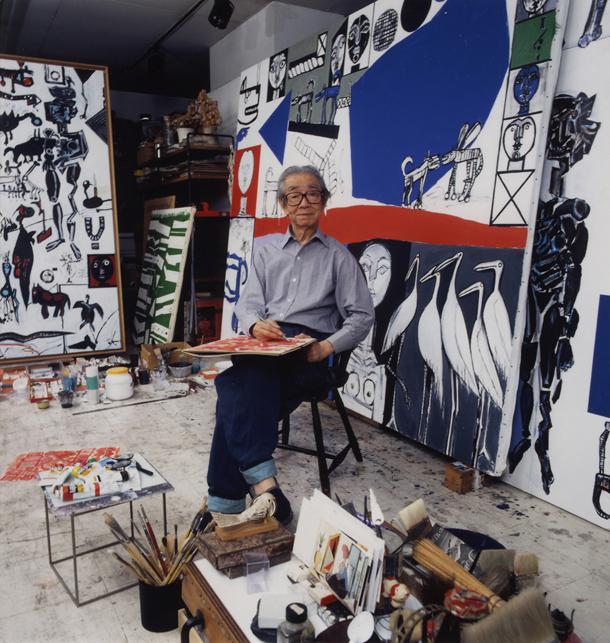
Photo: Akira Takahashi
Marugame Genichiro-Inokuma Museum of Contemporary Art (MIMOCA)
Genichiro Inokuma felt that a museum should be a place where one could casually drop in, view works of art in attractive spaces, and be stimulated in new, fresh ways that gave sustenance to the soul. He described art museums as "hospitals for the heart" in the belief that this was what MIMOCA too should be. With the cooperation of Inokuma in every aspect, MIMOCA opened on November 23, 1991. As well as showcasing a permanent collection of some 20,000 works either by Genichiro Inokuma, or collected by him and integral to his life, this stunning museum designed by architect Yoshio Taniguchi and situated directly in front of JR Marugame Station holds special exhibitions with a contemporary art focus, in accordance with Inokuma's fervent wish that MIMOCA be a true contemporary art museum with an ongoing commitment to presenting the new. MIMOCA also offers a range of fun activities, including workshops designed to foster children's art sensibilities and creativity, and various events to facilitate interaction and partnership.
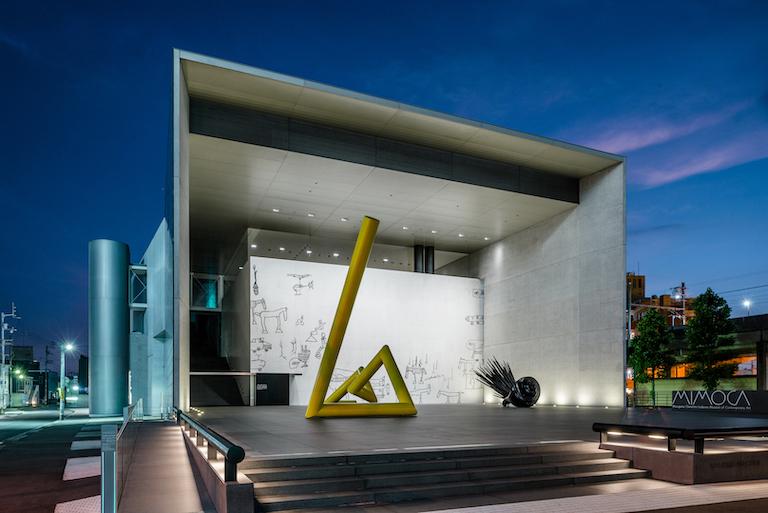
Photo: Yoshiro Masuda
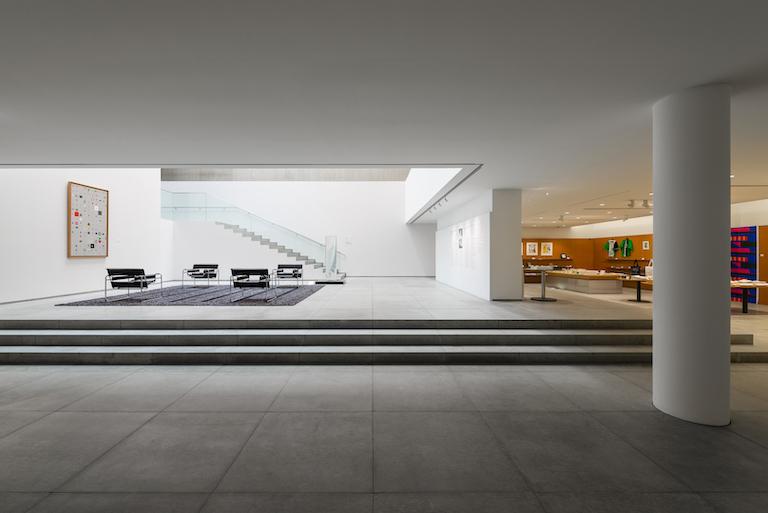
Photo: Yoshiro Masuda
Current exhibitions
Special exhibition: Sudo Reiko-Making NUNO Textiles
October 8 (Sun)-December 10 (Sun) 2023 - 12月10日(日)
An international touring exhibition featuring the work of textile designer Reiko Sudo, and the NUNO textile company headed by her. This first opportunity to see the exhibition in Japan will survey via various installations the company's collaborations with artisans and factories around Japan, and efforts to expand the possibilities of materials.
[Detail]
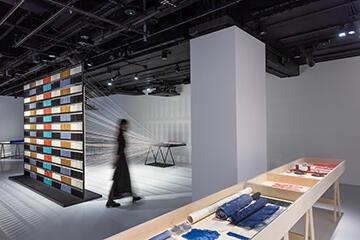
Installation view at Japan House London, 2021, ©Japan House London
From the permanent collection: Genichiro Inokuma—Beautiful Life
October 8 (Sun) - December 10 (Sun) 2023
Textiles, graphics and more designed by Genichiro Inokuma, who believed beauty should be part of every aspect of living. Includes paintings by Inokuma that inspired new textiles by Reiko Sudo.
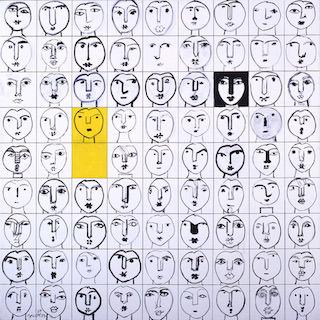
Genichiro Inokuma, 80 Faces, 1989, ©The MIMOCA Foundation
Kagawa Prefectural Government Office East Building
The tour will take in not only the exterior and the pilotis area of the Kenzo Tange-designed Kagawa Prefectural Government Office (now the East Building: completed in 1958, designated an Important Cultural Property in 2022), but also the ground-floor lobby featuring Genichiro Inokuma's tiled mural Wakei Seijaku (Harmony, Respect, Purity, Tranquility), and the Prefectural Office Hall with its interior by Isamu Kenmochi. Participants will also enjoy exclusive access to the rooftop.
◎Kagawa Prefectural Government Office East Building and Genichiro Inokuma
When consulted by then Kagawa governor Masanori Kaneko in 1954 on the construction of a new prefectural office, Inokuma emphasized the importance of the architecture, and introduced the governor to promising young architect Kenzo Tange. Tange's take on traditional Japanese architecture in steel-reinforced concrete, the open, spacious feel of the columns and lobby, and the superbly-designed furniture attracted favorable reviews both in Japan and further afield, and the building came to be seen as a major example of the architect's early work. Inokuma was responsible for the mural Wakei Seijaku (Harmony, Respect, Purity, Tranquility) in the ground floor lobby, and Isamu Kenmochi for a portion of the furniture.
The Kagawa Prefectural Government Office marked the nascence of an arts network that continued to grow, with Inokuma and Governor Kaneko at its center. Under Inokuma's influence, Kaneko continued to pursue connections with artists both in Japan and overseas, pouring considerable energy into improving architectural and industrial design in the region as a whole and becoming known variously as the "architecture governor" and "design governor." Kagawa's status today as Japan's "art prefecture" is the culmination of Kaneko's commitment, and it was Genichiro Inokuma who built the foundations of their success.
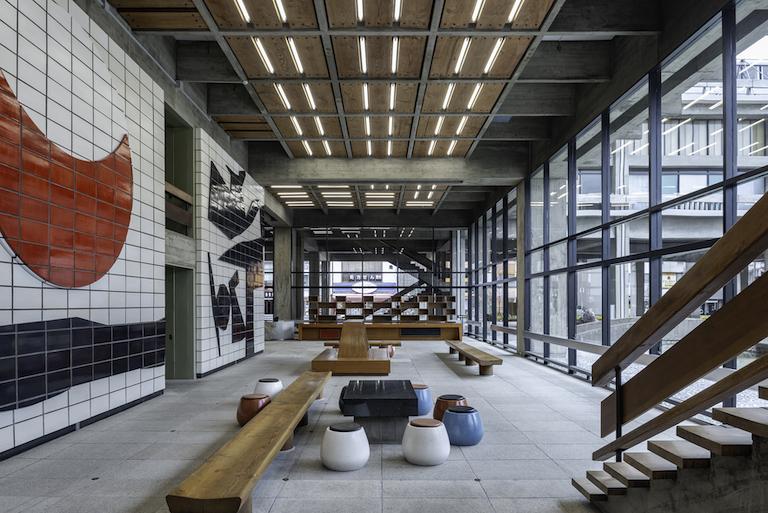
The Isamu Noguchi Garden Museum Japan
Opening in 1999, the Isamu Noguchi Garden Museum Japan is based on the studio where leading 20th-century sculptor Isamu Noguchi, whose interests also encompassed landscape and interior design and the performing arts, worked in partnership with stone artist Masatoshi Izumi from 1969, to Noguchi's death in 1988. The entire site, not just the more than 150 sculptures, forms a single, giant environmental sculpture that includes a storage shed chosen and relocated by Noguchi and containing works on display; Noguchi's residence, and the sculpture garden he built in later years. A superb setting in which to truly experience the cosmic, cosmopolitan, genre-bending, open-minded worldview of Isamu Noguchi. http://www.isamunoguchi.or.jp/index_e.htm
http://www.isamunoguchi.or.jp/
◎Isamu Noguchi and Genichiro Inokuma
Inokuma counted sculptor Isamu Noguchi as a close friend, and it was a friendship that lasted from Noguchi's arrival in Japan in 1950, to his death in 1988. It is also Inokuma who connected Noguchi to Kagawa. Visiting the region, having heard from Inokuma that there was "good stone here," Noguchi met then-governor Masanori Kaneko, architect Tadashi Yamamoto, and Masatoshi Izumi, and in 1969 decided to establish a studio in the town on Mure (now part of the city of Takamatsu). That studio is now the Isamu Noguchi Garden Museum Japan, a popular destination for both domestic and international visitors.
Shikoku Mura Museum
This open-air museum situated in extensive grounds at the foot of Mt. Yashima gives visitors the opportunity to experience for themselves 33 restored historical buildings dating from the Edo through to the Taisho periods (between 1603 and 1925) including private houses, a sugar mill, village kabuki theater stage, rice storehouses, and a soy sauce brewery, all relocated here from the four prefectures of the island of Shikoku. Each was actually lived in or used by people, and their knowledge, labor, and prayers suffuse each pillar, beam, and everyday article on display. A stroll through the natural surroundings, lovely in every season, is accompanied by the soothing sounds of birdsong and waterfalls, perhaps revealing something lost from modern life. The village also includes attractions of such diverse interest as the Shikoku Mura Gallery, designed by Tadao Ando (with displays including works by Inokuma), and the Shikoku Mura Cafe, housed in an old Ijinkan (foreign residence) transported from Kobe.
https://www.shikokumura.or.jp/
◎Shikoku Mura Museum and Genichiro Inokuma
The Shikoku Mura "village" located at the foot of Mt. Yashima began in 1976 as a museum of traditional houses, with Inokuma also attending the opening ceremony. Delighted by the many old homes, through his personal connections Inokuma facilitated the commissioning of Junzo Yoshimura to design the restaurant and restaurant owner's house (now used as a guest house) situated below Shikoku Mura. Yoshimura was an architect that like Kenzo Tange, collaborated with Inokuma on several occasions, and it is not widely known that it is Inokuma to whom we owe the precious Yoshimura buildings still standing in Kagawa. In 2022 Shikoku Mura became "Shikoku Mura Museum," a name taken from a message Inokuma sent for its opening.
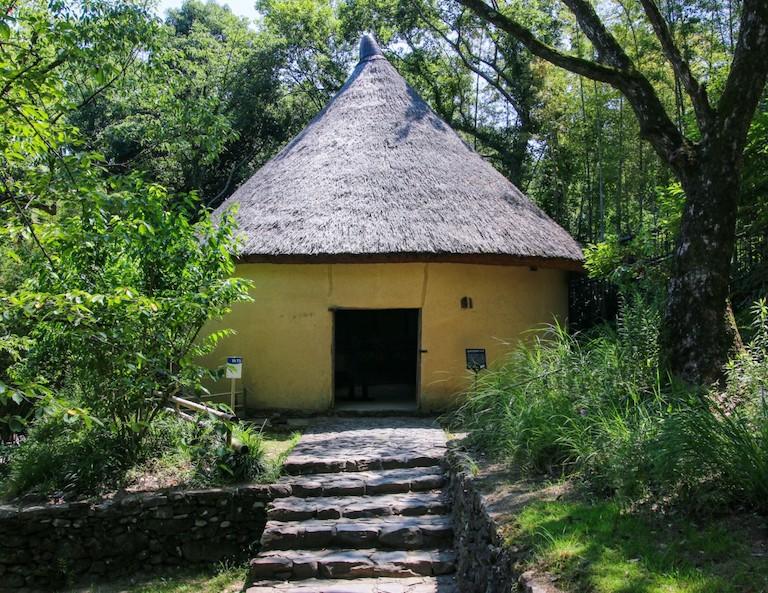
Waraya
Serving the famous Sanuki udon noodles in a relocated late-Edo thatched house with original interior.
https://www.wara-ya.co.jp/
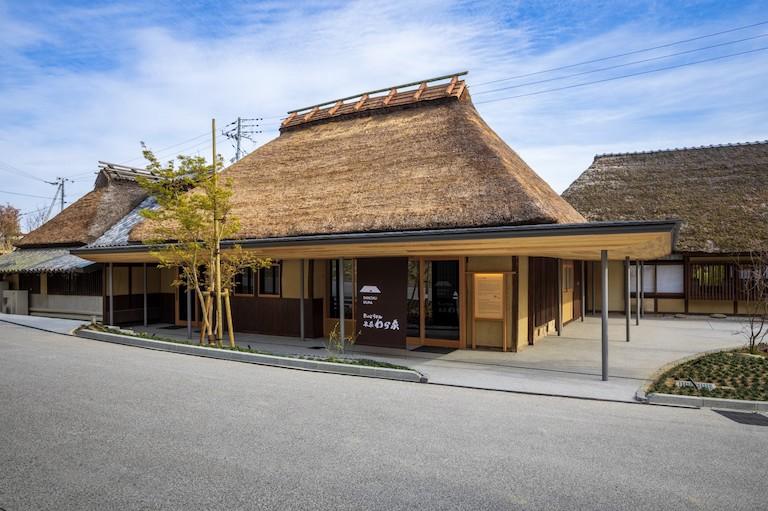
 A course
A course
